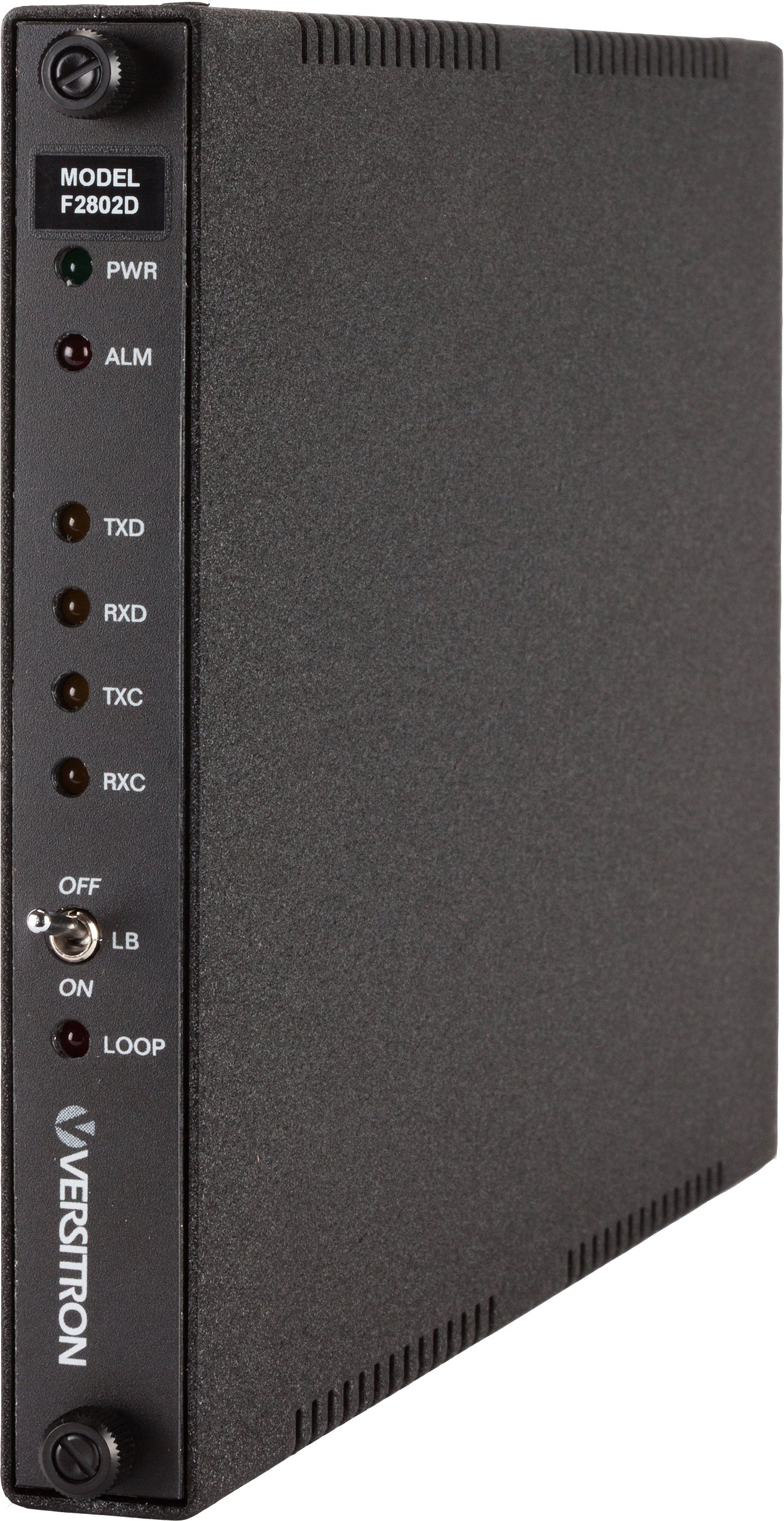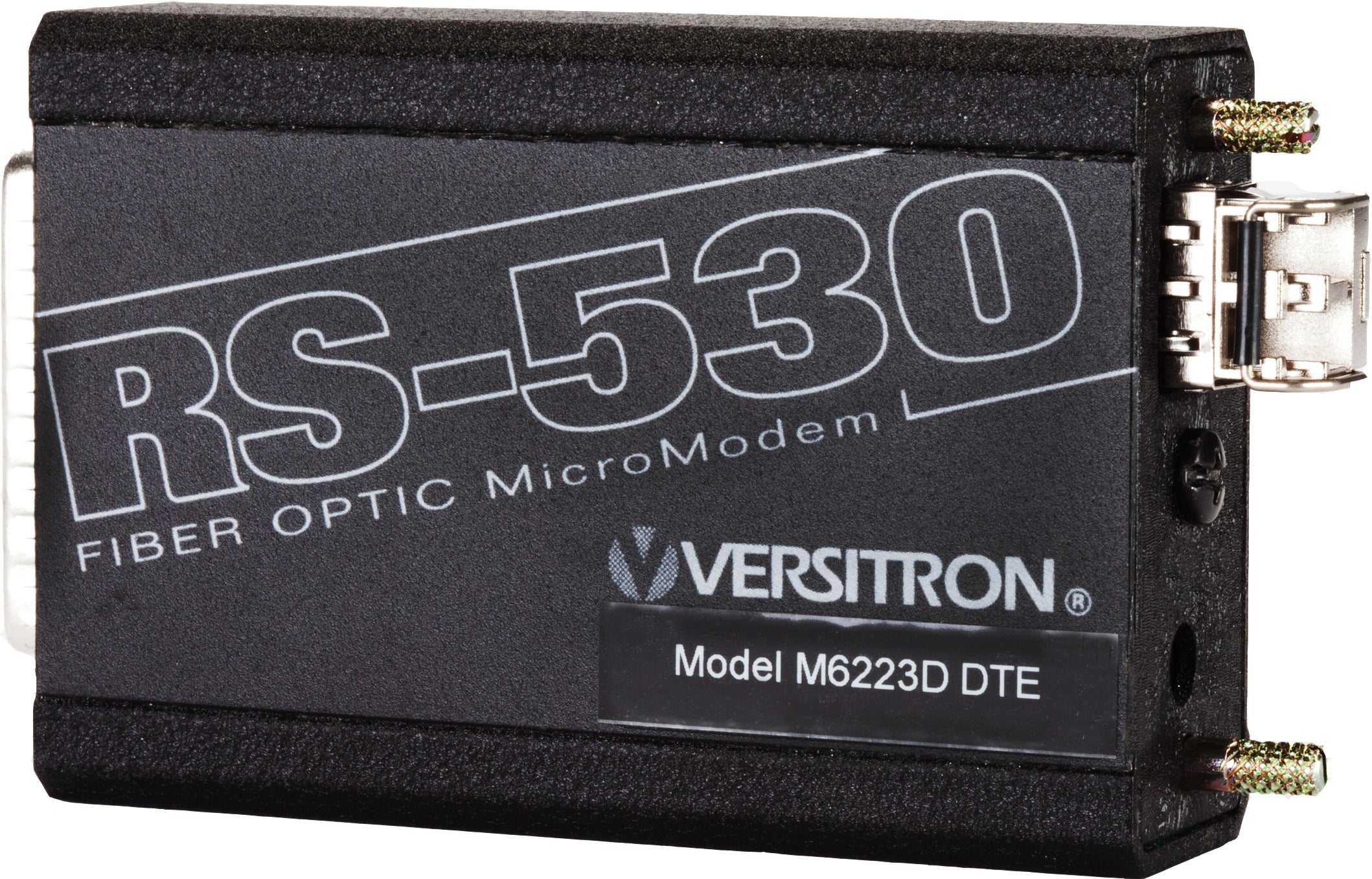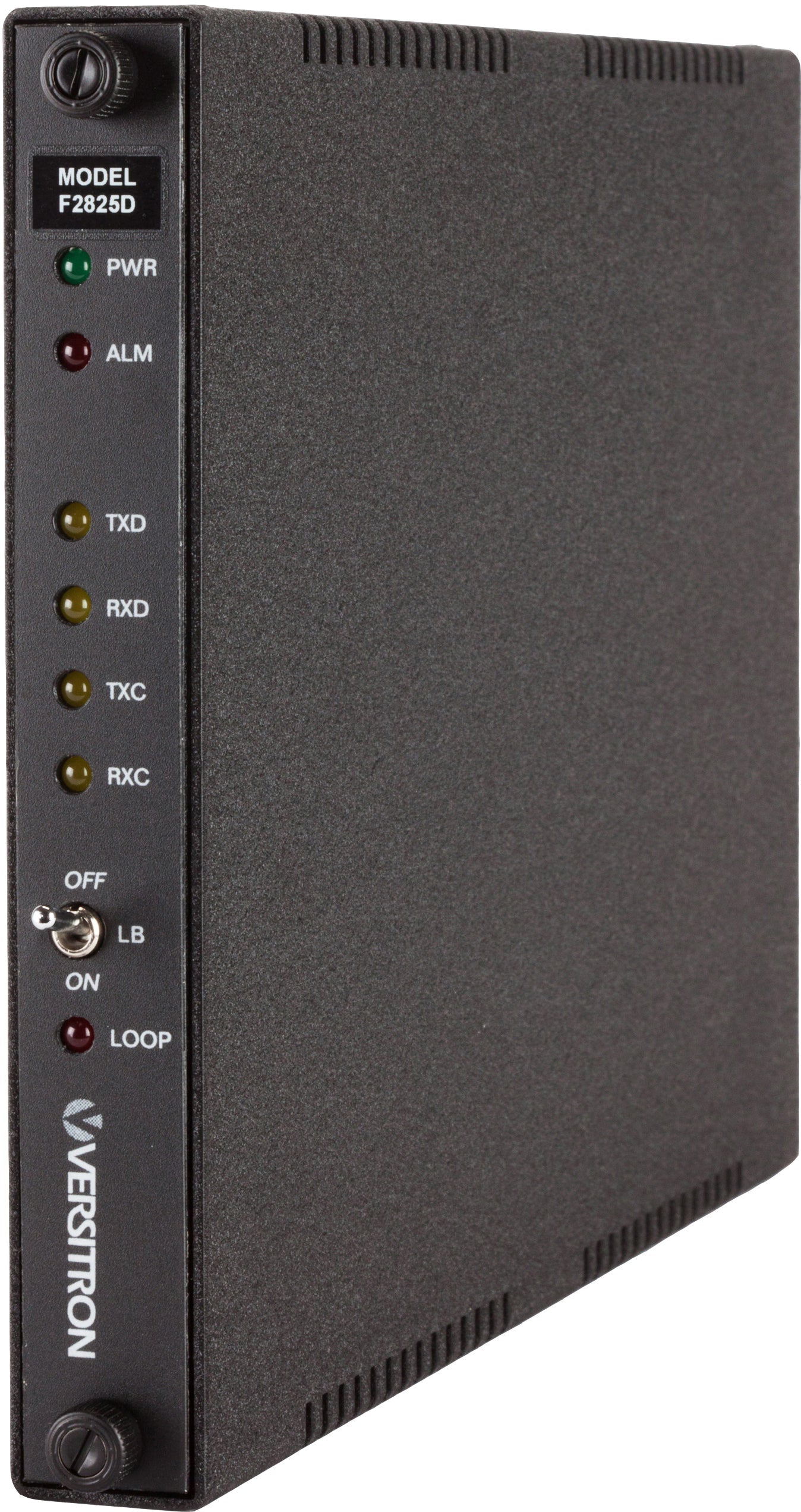Gaining an understanding of different serial communication protocols is important for industrial, commercial, and domestic users to mitigate challenges arising from increasing data transmission requirements. Over the years, various serial communication protocols have gained priority. RS232, RS423, RS422, and RS485 are few popular serial communication protocols widely used across the globe. Of these, R232 is the most popular protocol used for all major computers available today, and RS485 is one of the most versatile communication standards defined by the EIA. While a lot has been written about RS232, RS485 is sparingly discussed. This post focuses on RS-485 standards and their implementations.
What is RS-485 Standard?
It was originally referred to as EIA RS-485 in 1983, although it was implemented much later in 1998. It was designed to overcome the challenges of RS-422 and RS 232. This standard enables a data transfer rate of 10 Mbps up to 50 feet distance and can be easily extended to 4000 feet at a speed of 100 kbps. Against, RS-232, this standard allows long cabling distances and multidrop communication links where multiple devices are organized on the same bus. This is why it is quite common to find this standard in theaters, stadiums, and performance venues, where multiple devices are placed at long distances from each other. Unlike other communication protocols referred to here, this standard does not recommend or specify any communications protocol.
Electrical Characteristics of RS-485 Standard
The following pointers will help you understand the electrical characteristics of EIA-485.
- Data Transmission: RS-485 standard assures differential data transmission, which is quite effective while communicating high data rates over large distances. Differential data transmission refers to balanced differential signals, which can help minimize induced noise signals and ground shifts. This quality enables RS-485 to meet the requirements of multipoint networks. This standard can accommodate 32 receivers and 32 drivers on a single 2-wire bus. However, they are extended to hundreds of nodes by using high-impedance drivers and automatic repeaters. RS485 drivers can withstand bus fault conditions, as well as bus contention conditions.
- Modes of Operation: EIA-485 follows a half-duplex communication system, as the device uses the same line (A and B pair) to send and receive the signals. Against this, in full-duplex systems slave and host devices communicate with each other using the dedicated output and input lines.
- Configurations: As mentioned before, EIA-485 follows differential data transmission, where data is transmitted differentially through twisted pair, or two wires that are twisted together. The network can be configured as a two-wire or four-wire network. In a two-wire network, the receiver and the transmitter are connected to one twisted pair wire. However, four-wire networks may feature two twisted pair wires, where a master port with s transmitter is connected to slave receivers of one twisted pair and the slave transmitters are connected to the master receive of the second twisted-pair wire. In both these configurations, devices allow each node to be addressed independently. The line can be driven by one device at a time, and other drivers are usually put in high-impedance mode when they are not in use.
- Receiver Input Sensitivity: RS-485 has a receiver input sensitivity of ±200mV, which means a receiver must see signals above or below 200mV to recognize a mark.
- Maximum Speed at 12m and 1200m: The RS-485 devices assure the maximum speed of 35Mbps at 12m and 100kbps at 1200m.
- Drive Capacity: The drive capacity of EIA-485 is 32 unit loads, which means 32 units of 12kΩ receivers are connected parallelly. At times, the number of unit loads on one bus may be higher than the other because many receivers are designed with high input impedance. There are no limitations on the number of receivers to be connected to the bus; however, the only requirement is the driver should bear 32 unit loads equivalent to 375Ω.
- Maximum Recommended Data Rate: In 1998, when the standard was introduced, the maximum recommended data rate was 10Mbps, and it could be achieved with a cable length of 12 meters or 40 feet. The maximum recommended distance was 1.2km or 4000 feet and the data rate was limited to 100kbps. Over the years, the standard and its data transmission speed have evolved for the better. Today, you can find RS-485 transceivers as well as cables assuring data rates higher than 10Mbps at high speed over long distances.
Applications of RS-485 Standard
EIA-485 is more commonly used in industrial environments where multidrop communication links are used. Some typical applications include:
- Process automation in breweries, chemicals, and paper mills
- Factory automation in metal fabrication facilities and autos
- HVAC
- Motor and motion control devices
- Security devices
Knowing the details of RS-485 standard is not enough, you need to invest in quality devices to take advantage of this standard in your high-speed communication networks. VERSITRON is one of the most popular manufacturers of RS-485 standard devices such as 4 channel phone kits with RS485 data transmission capabilities, RS-485 2-wire telephone modems, and so on. These products have been an integral part of several high-speed telecommunication systems across the globe.
Frequently Asked Questions Related to RS 485
What is the maximum device handling capacity of serial standard protocol rs485?
The maximum device handling capacity of the serial standard protocol RS485 is 32 nodes on a single network segment. However, this can be extended up to 256 nodes by using multiple segments with repeaters or other signal boosting devices. The maximum data transfer rate of RS485 is 10 Mbps over a distance of up to 1200 meters.
What is the maximum device handling capacity of serial standard protocol rs485 in terms of drivers and receivers on a single line?
According to the EIA-485 standard, RS485 can accommodate up to 32 drivers and 32 receivers on a single 2-wire bus, which allows for reliable communication over long distances. However, this number can be extended by using high-impedance drivers and automatic repeaters. The drive capacity of RS485 is 32-unit loads, equivalent to 375Ω. The maximum recommended data rate for RS485 was initially 10Mbps, but over the years, the standard has evolved to allow for higher data rates and reliable communication over long distances.
How does RS-485 handle bus fault conditions?
RS-485 drivers are designed to withstand bus fault conditions. This means that the drivers are able to tolerate short-circuit conditions and continue functioning properly. Additionally, RS-485 drivers are designed to detect and recover from bus contention conditions, where two or more drivers try to drive the bus at the same time. In such situations, the drivers typically switch to a high-impedance state to avoid damaging the devices or the bus itself.
What are the recommended devices for implementing RS-485 Standard?
VERSITRON is a popular manufacturer of RS-485 standard devices such as 4 channel phone kits with RS485 data transmission capabilities, RS-485 2-wire telephone modems, and other products that have been used in high-speed telecommunication systems globally.






